It's not far fetched to imagine D&D might have started with a different artistic direction when we look at book covers of the period, including those from the Ballantine Adult Fantasy series, Penguin Science Fiction, or Arkham House.
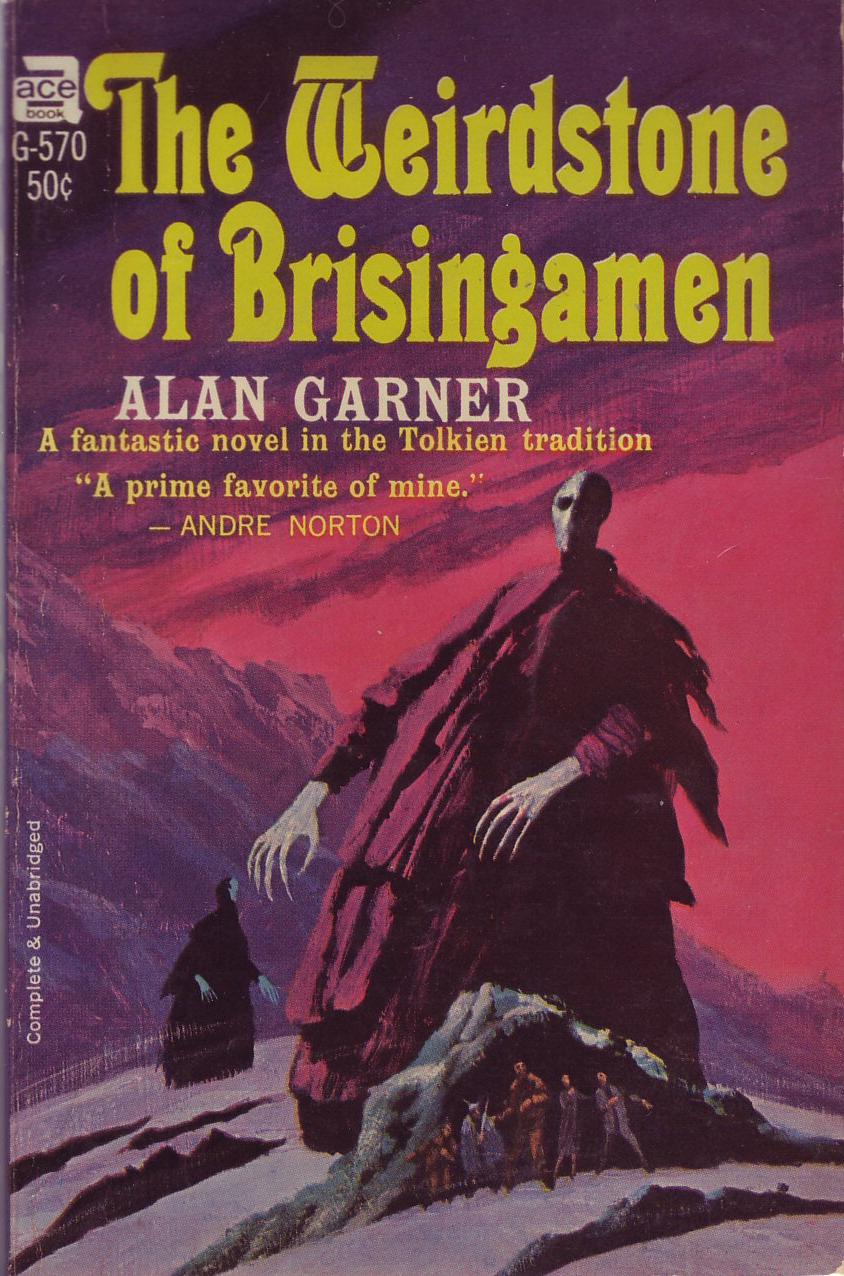
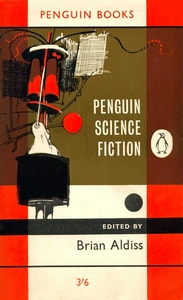

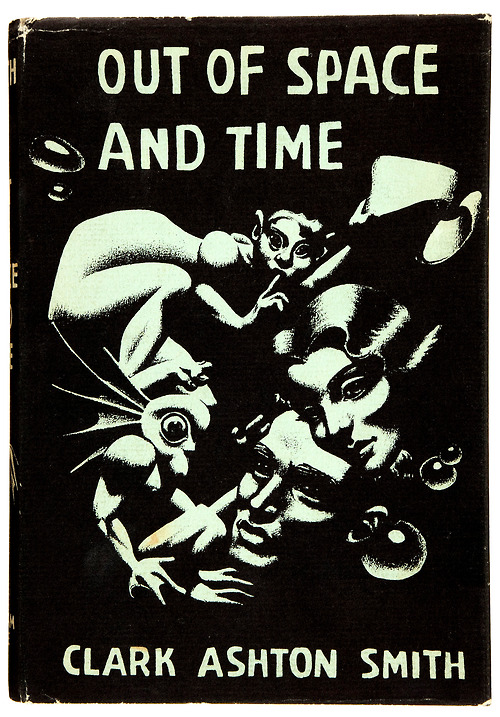
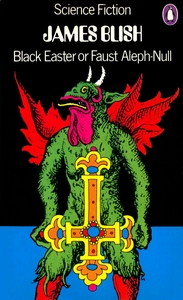
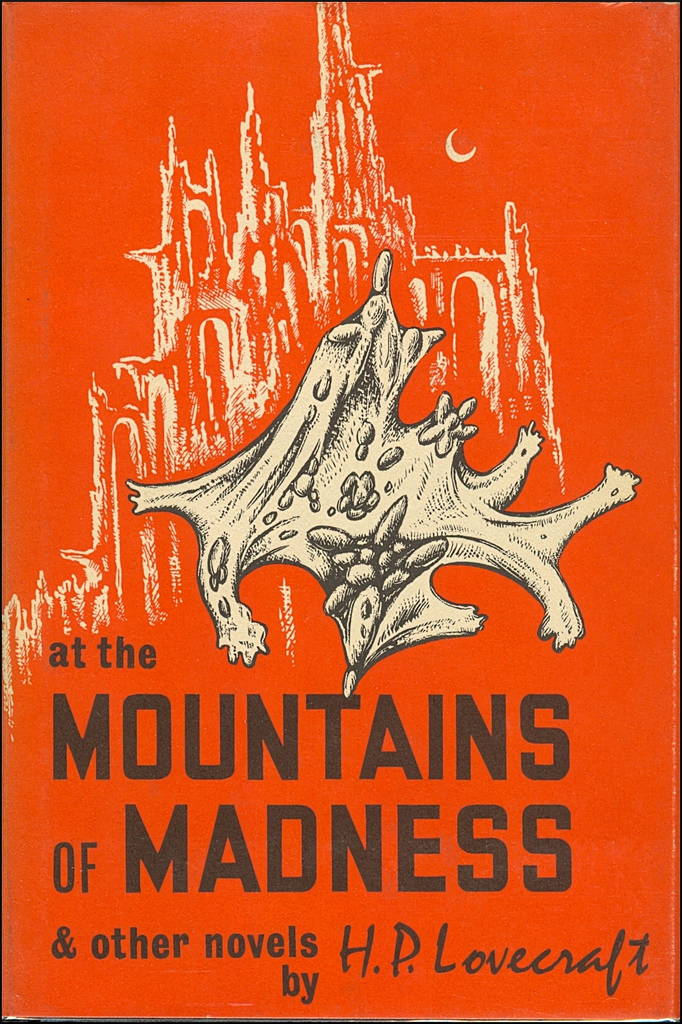
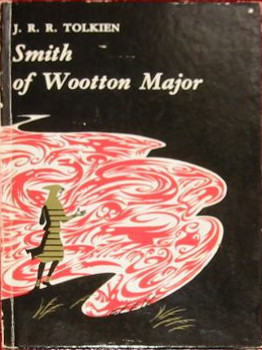
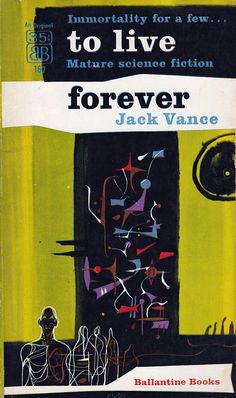
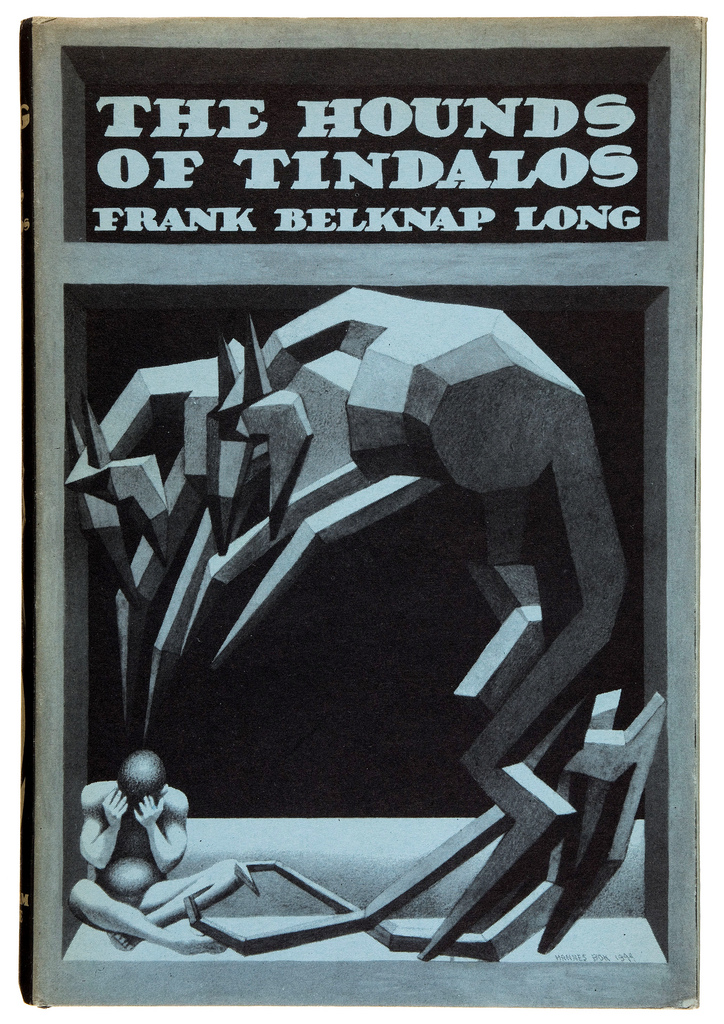
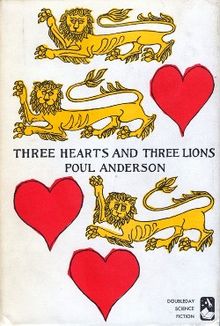
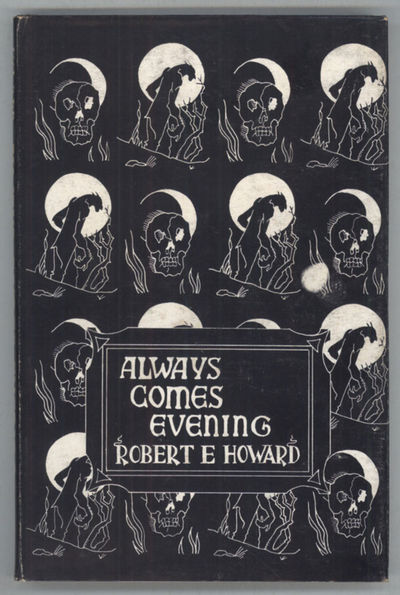
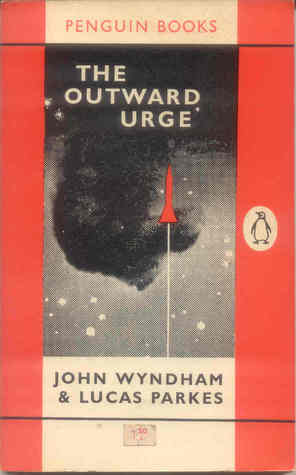
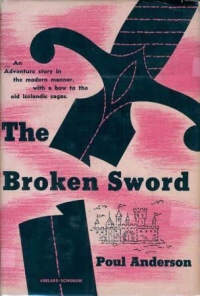
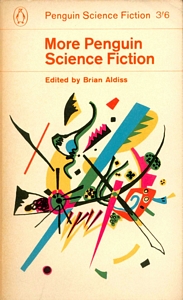
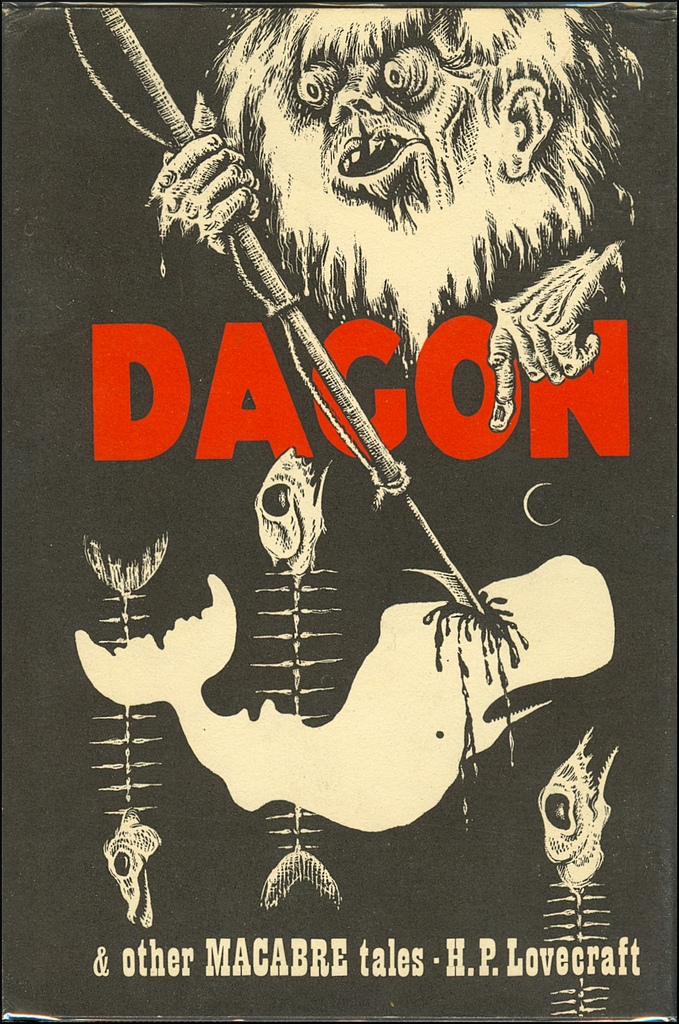
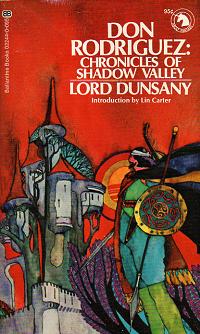
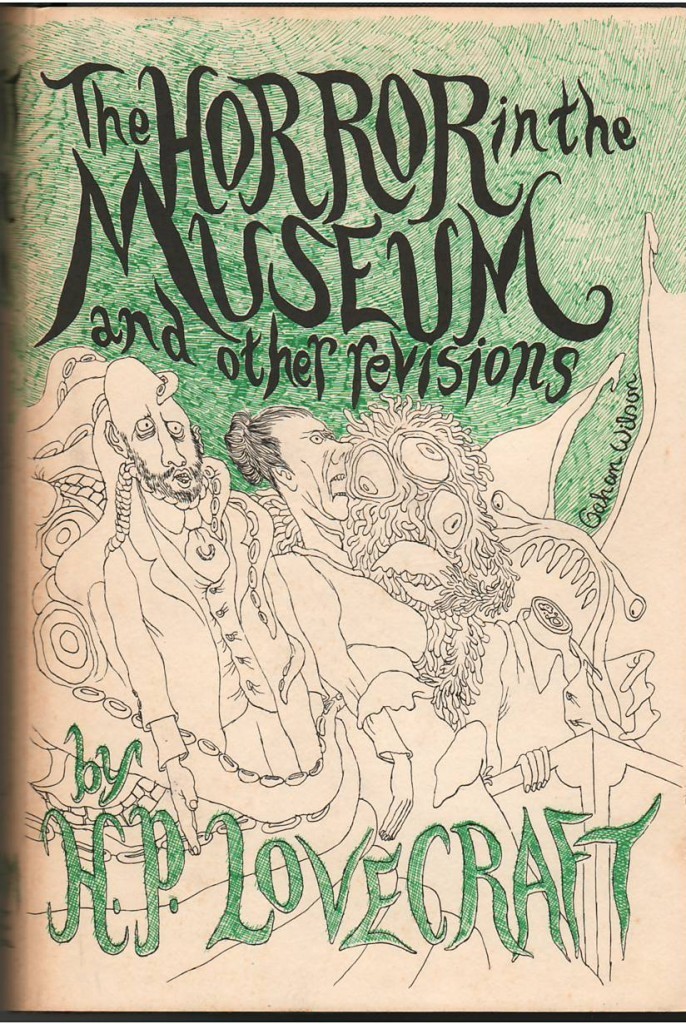
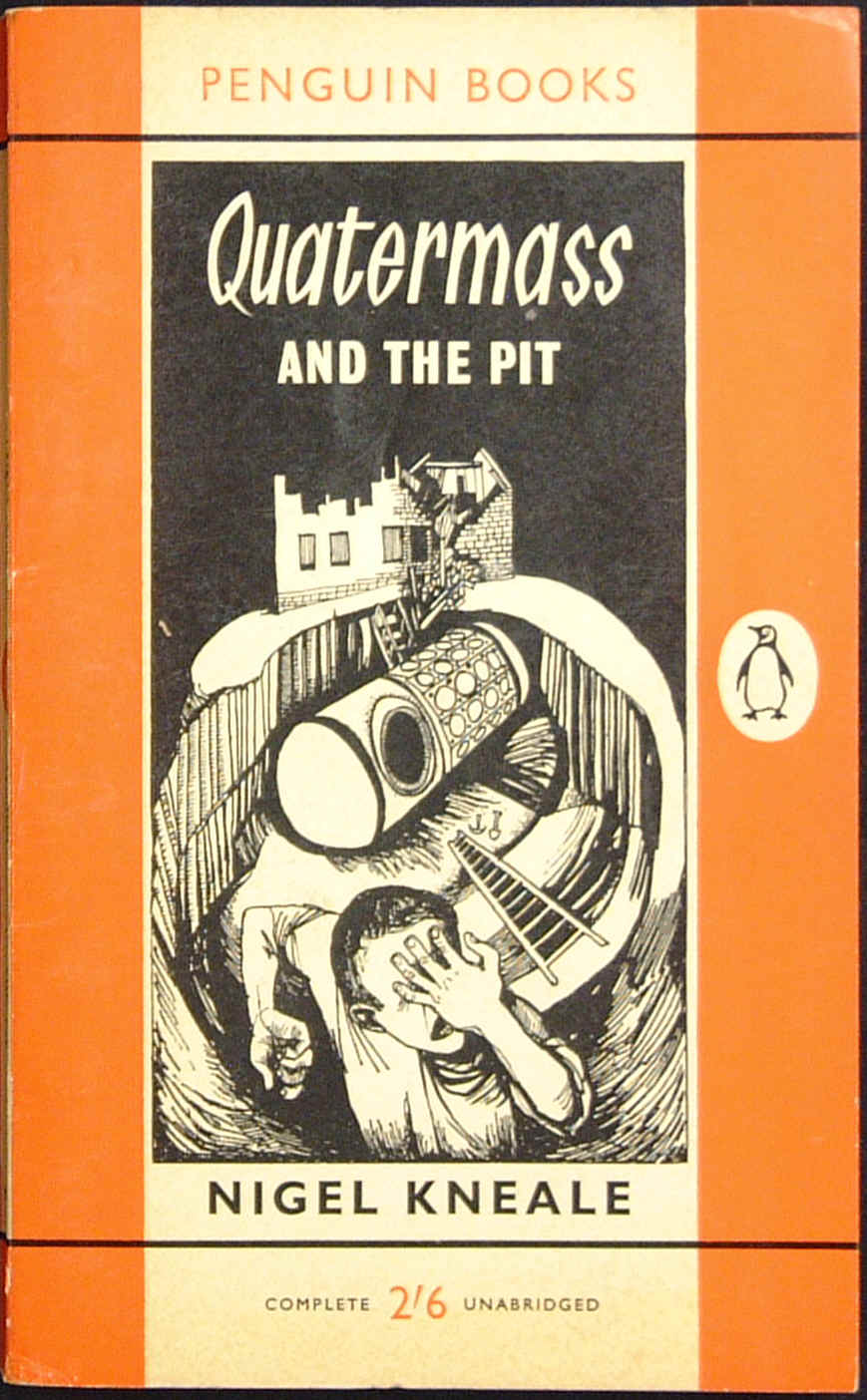
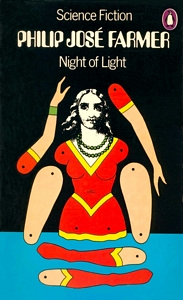
Wargames of the era offer similar examples, including one from Gygax.
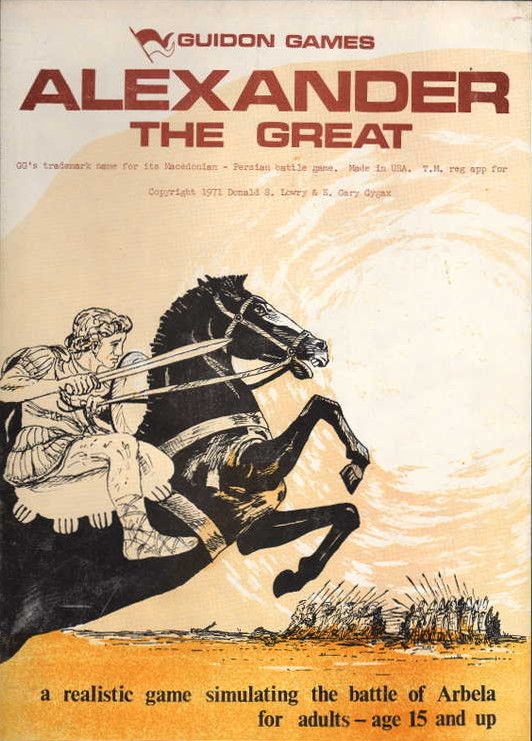
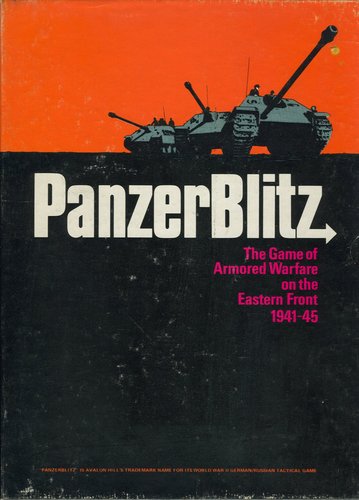
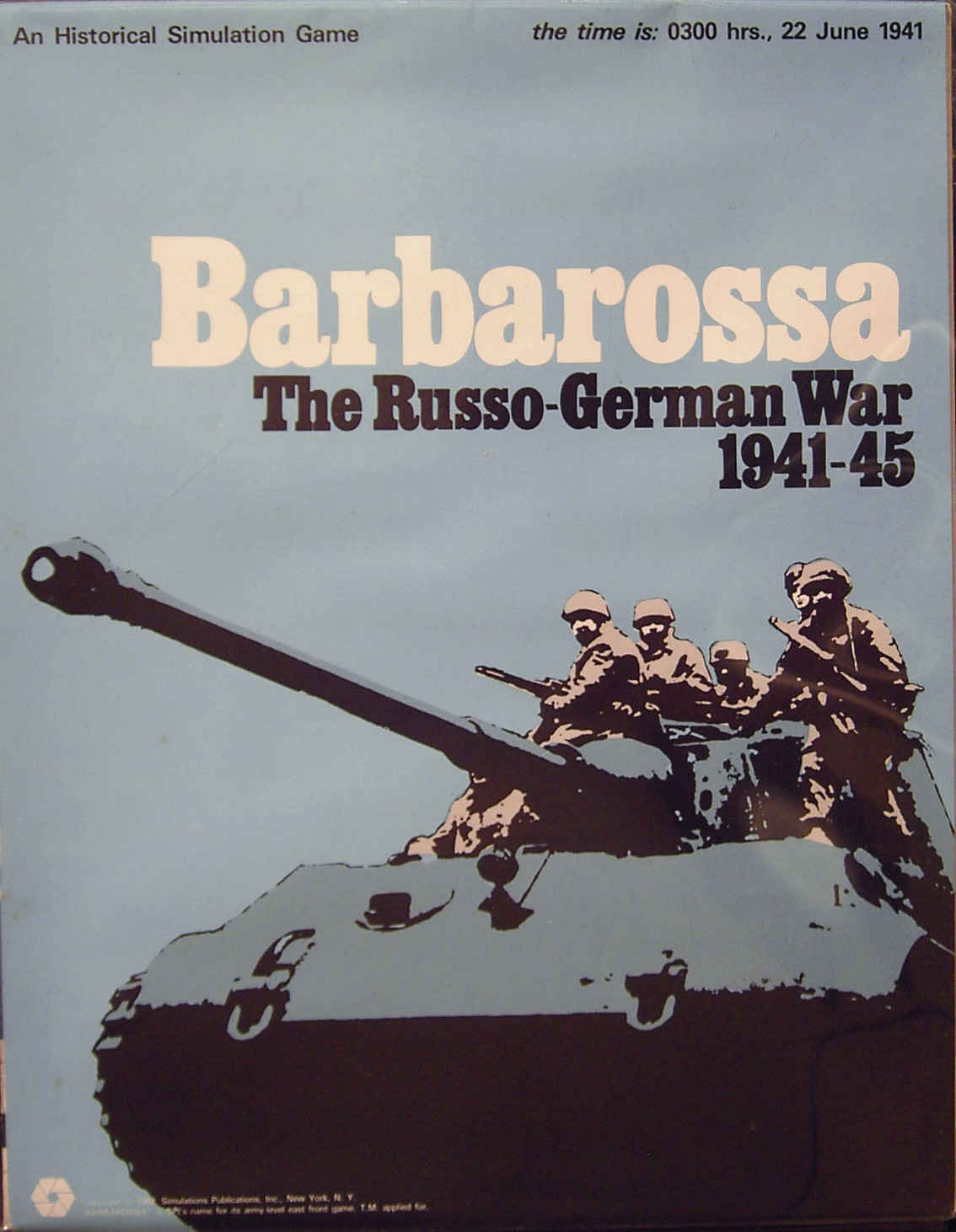
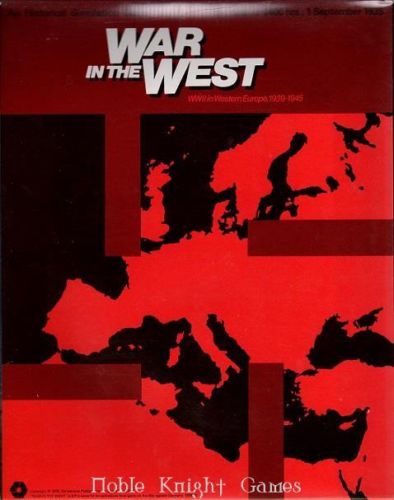
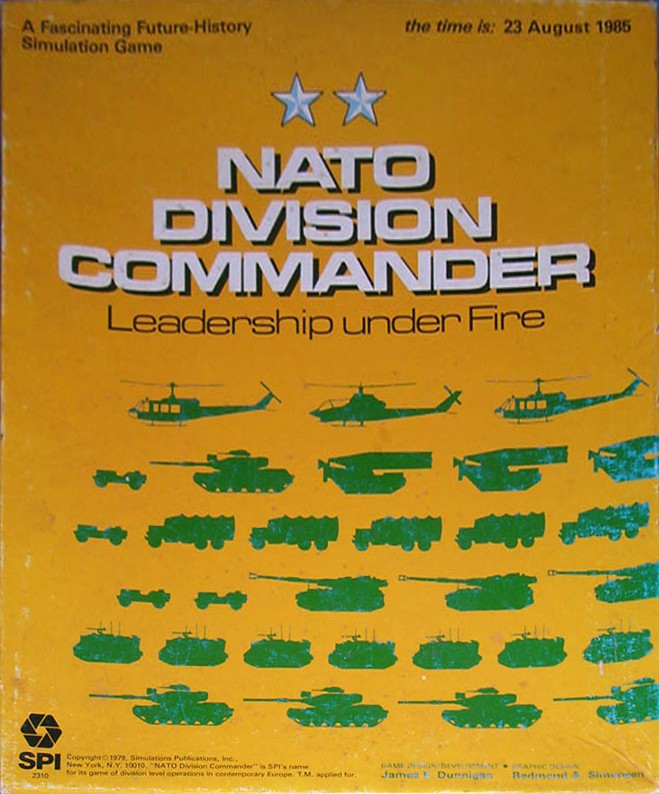
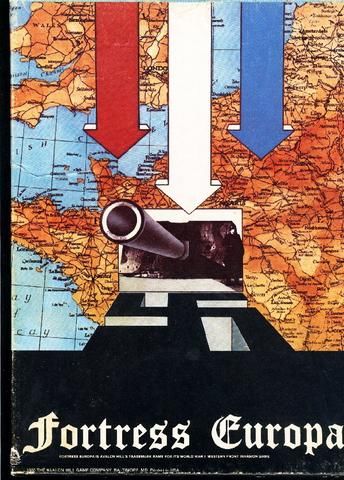
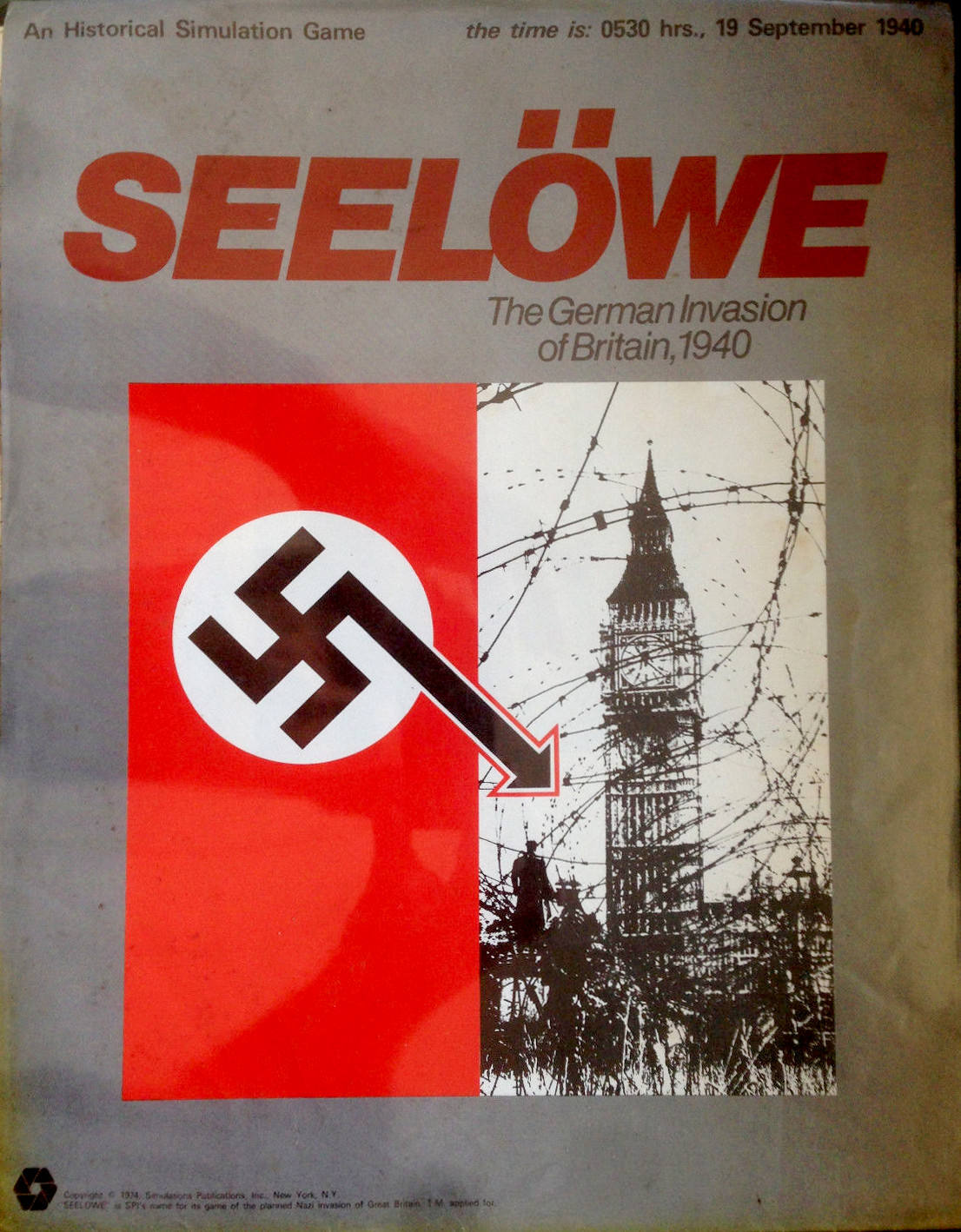
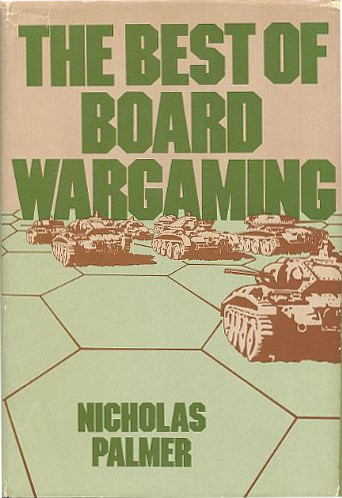
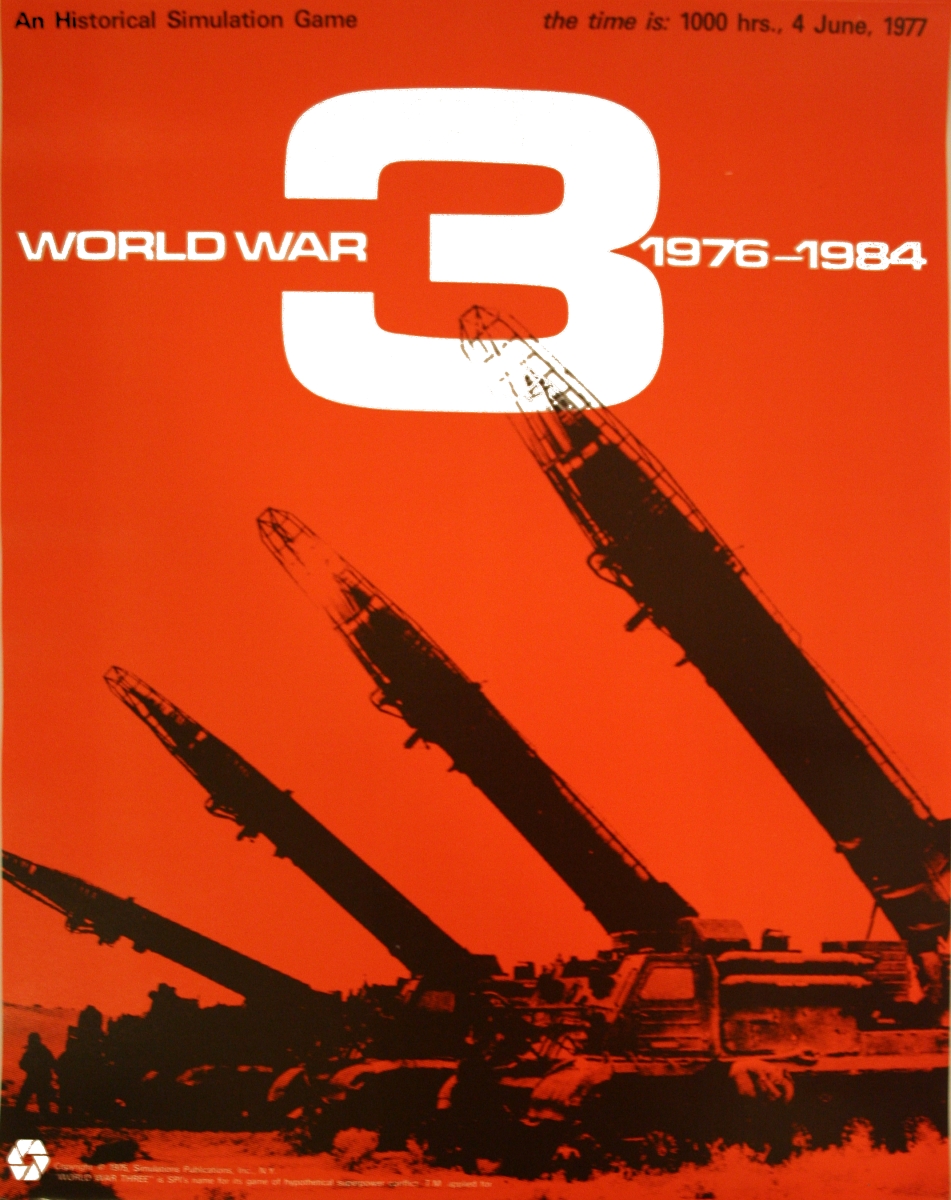


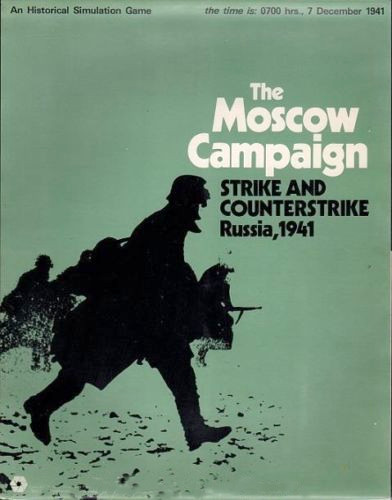
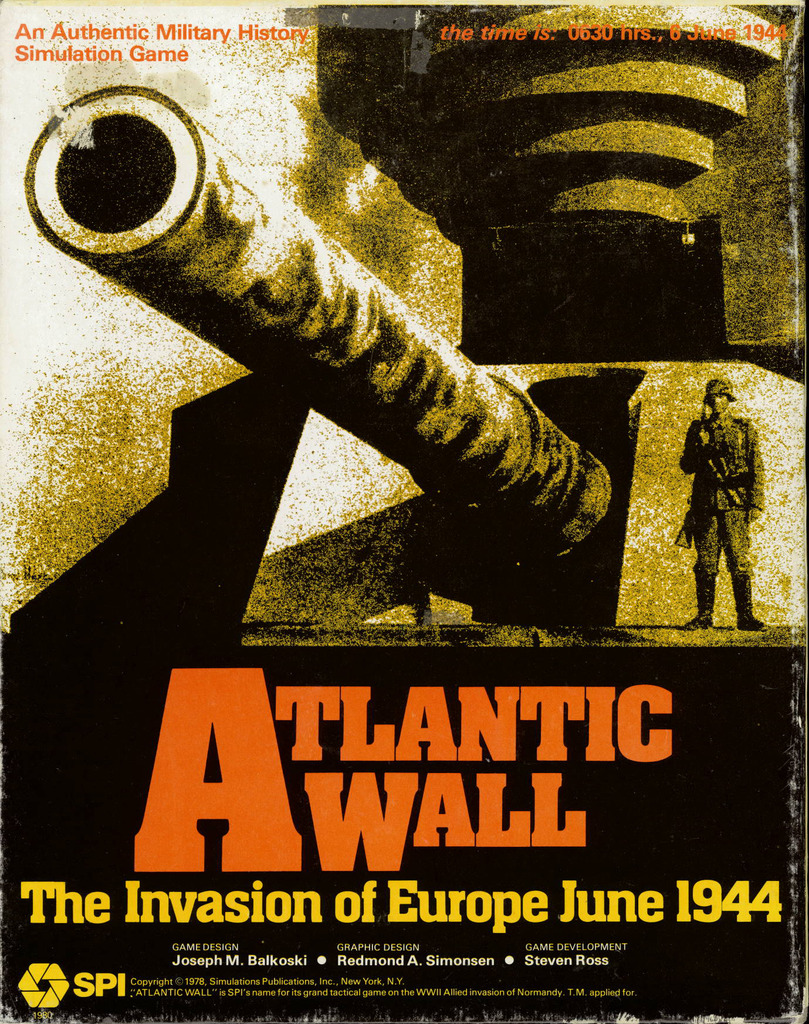
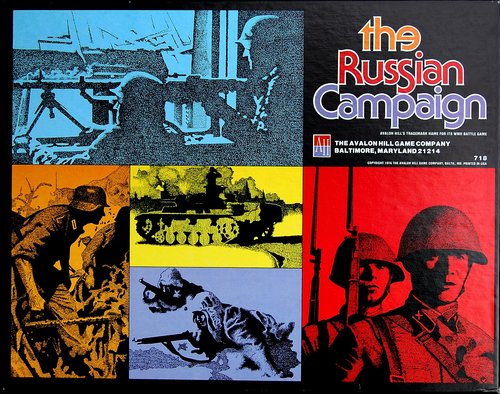


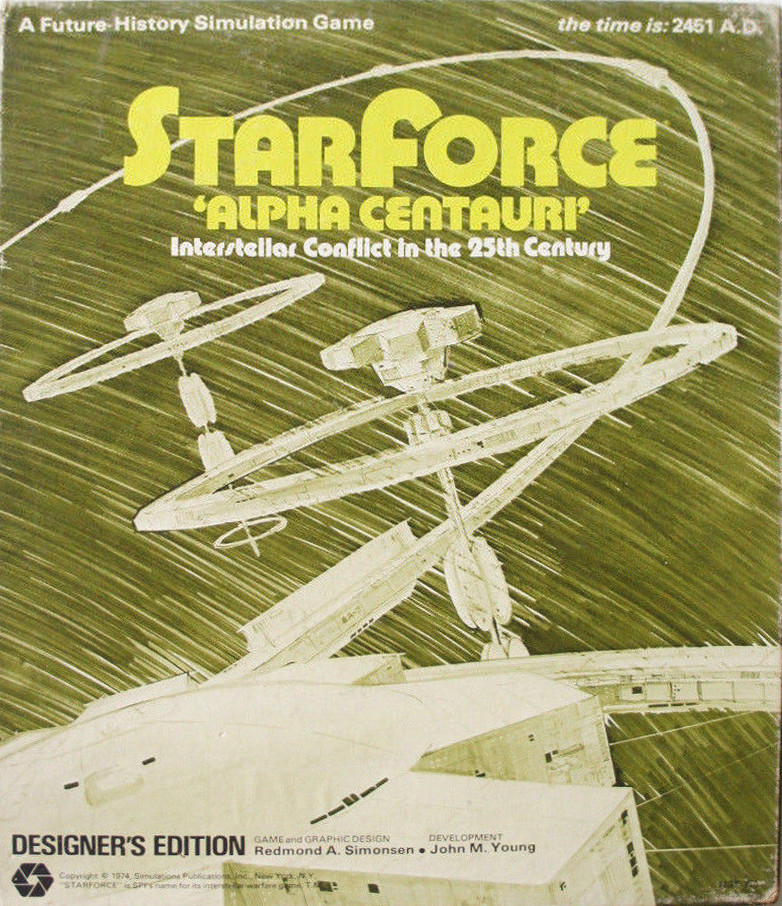
While thinking about this, I wrote:
Game art is largely illustrative in function. The text describes an idea, the art shows it. Realism as a technique is more accessible and less open to interpretation than abstraction. For game rules (but perhaps not other game products?), accessibility and specificity are generally more desired than difficulty and ambiguity.
That's obvious and not absolutely true, but it gave me two further thoughts.
First, abstraction is used extensively in wargame design for the sake of clarity. Tokens evidence this especially, probably necessitated by their small scale; abstraction in this case is taking away inessential elements, like Picasso's bull.
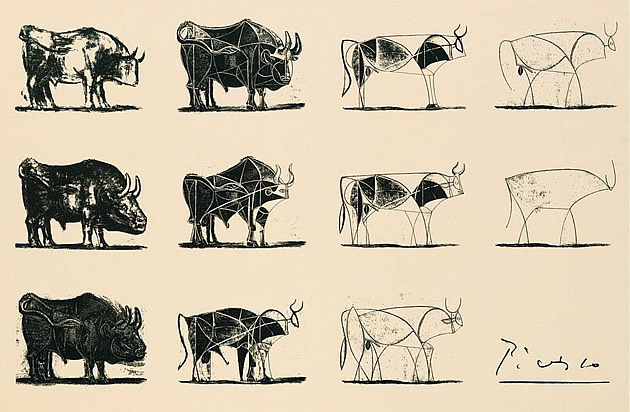
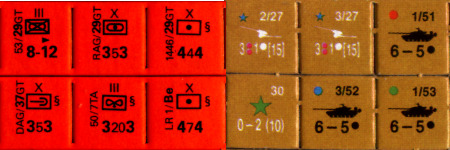
Second, the little brown books of OD&D are often described as difficult and ambiguous. What if the game was graphically as abstract?